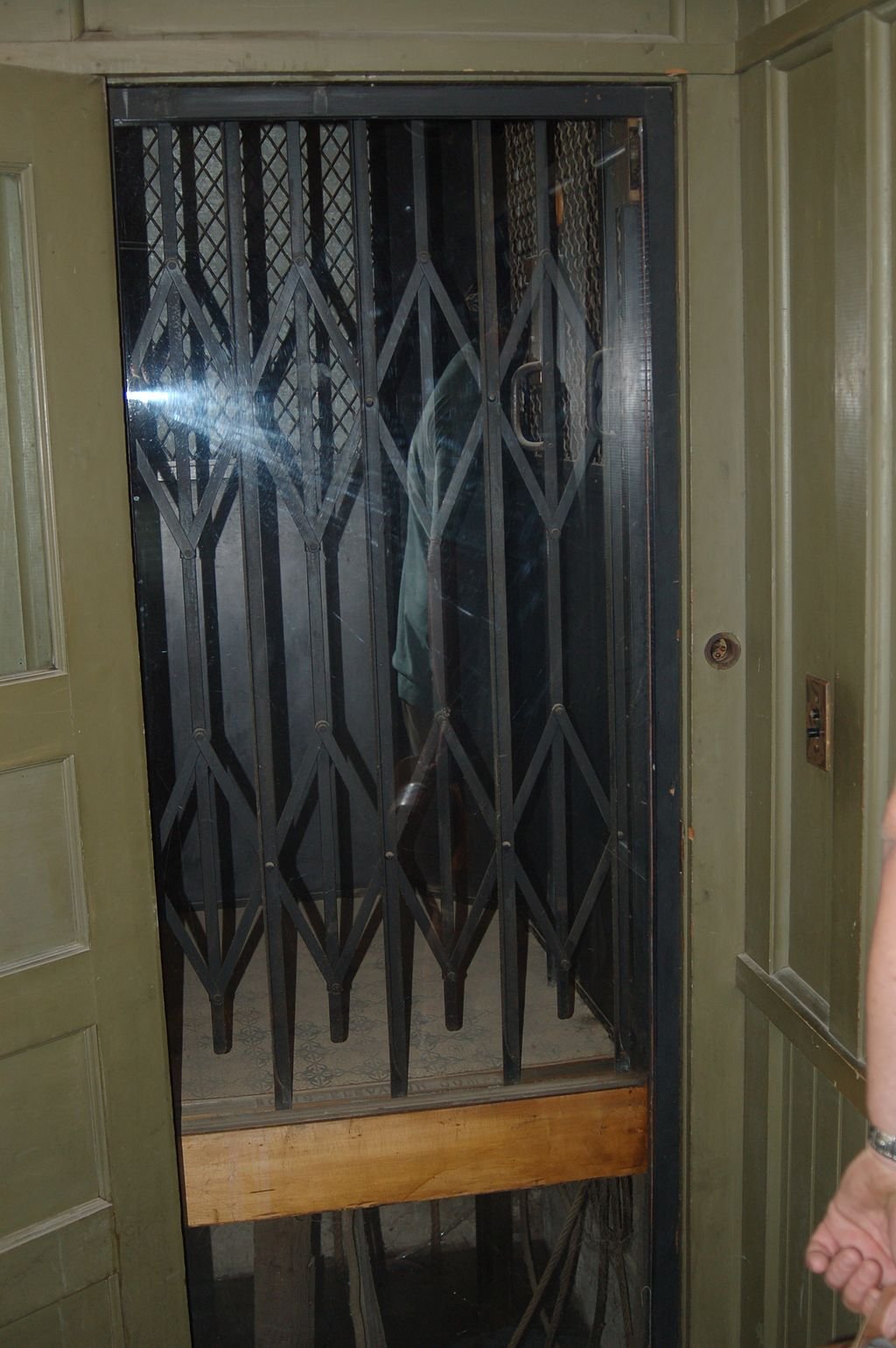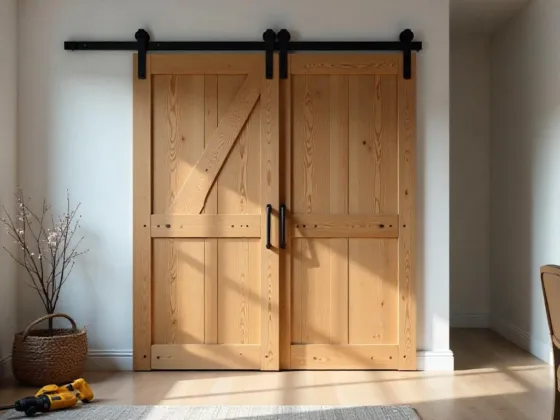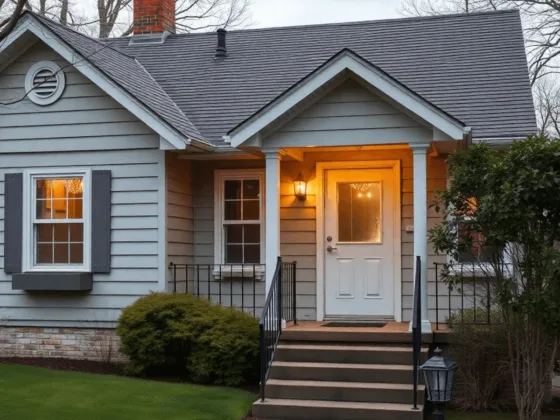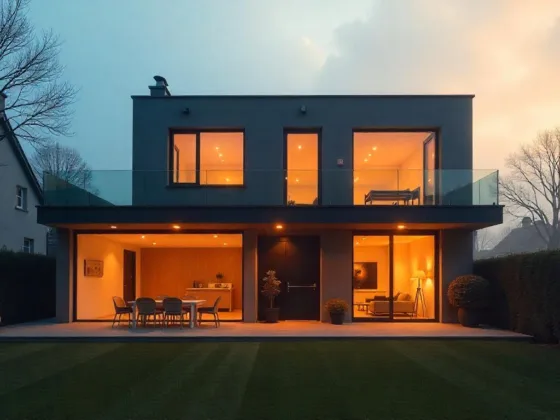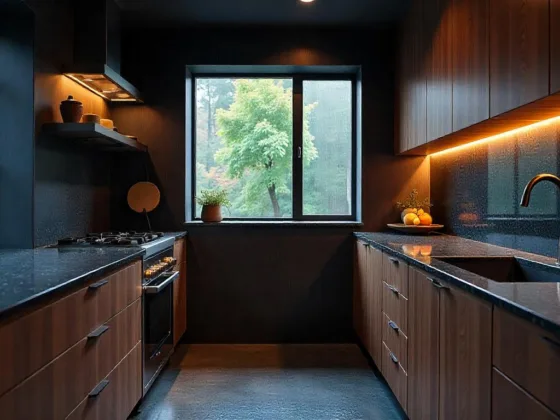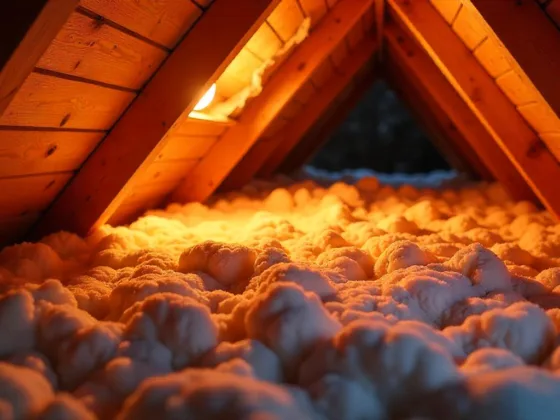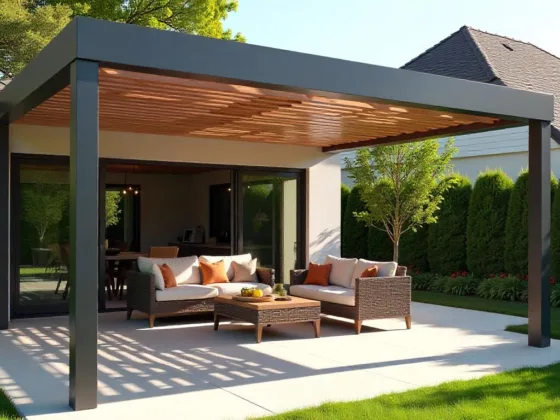Table of Contents Show
Willis Carrier invented the first modern air conditioner more than a century ago. Yet, despite being around this long, many people still don’t know much about how air conditioners work.
Nevertheless, if you examine your refrigerator, you will see that it functions very much like an air conditioning system. The difference is that refrigerators cool only a small area, while air conditioners can maintain comfortable temperatures in generally larger places like your home or office.

Components of an Air Conditioner
An air conditioner is a central heating/cooling unit that pulls in warm air from outside and removes it before replacing it with cold air. The following are its components:
1. Evaporator
The evaporator is composed of cooling coils that remove heat and humidity from an area with the help of the refrigerant, a cold chemical liquid.
2. Blower
Also known as a fan, the blower helps circulate air over the evaporator and eventually produces chilled or cold air.
3. Condenser
A condenser is an assembly of hot coils which work together to release heat.
4. Compressor
This pump moves the refrigerant from the evaporator to the condenser, so indoor air can be cooled.
5. Fan
This causes the outside heat to be dissipated by blowing air into the condenser.
6. Filter
This AC component eliminates air particles.
7. Thermostat
The thermostat controls the distribution of cold air by establishing the desired temperature.
Types of Air Conditioning Systems
Because indoor living spaces can come in all shapes and sizes, residential air conditioners have been distributed in different configurations and styles. There are three types of AC units currently available on the market and these are briefly described below.
Read Also:
1. Ductless Air Conditioner
Ductless air conditioners are not considered central air systems because they only cool specific areas within the home. These types of air conditioners are easy to install as they don’t rely on ducts to distribute chilled air.
2. Split-System Air Conditioner
This AC type has an indoor and an outdoor part. The furnace or fan coil is part of the indoor component. It houses the evaporator as well as the blower fan (air handler), that circulates air throughout your house. The outdoor unit, meanwhile, is home to the condenser coils and the compressor.
Split-system air conditioners provide a variety of benefits. They provide reliable and consistent temperature control throughout your home. The filters, in particular, form part of the indoor air handler portion that cleans the air as it cools.
3. Packaged Air Conditioner
The packaged model contains the condenser, blower fan, and compressor all in a single package. These air conditioners can be used in areas with limited space. They are also a great choice if you prefer rooftop installations.
How Your Air Conditioner Works
Many people believe that air conditioners create cold air, which is incorrect, according to a Dunrite HVAC San Jose expert. The typical air conditioner works by absorbing house heat first before transferring this outdoors.
Here’s how it works:
1. The Evaporator Coil of Your Air Conditioner Absorbs Heat From Your Home
Through a built-in vent, warm air from your home is drawn into the evaporator. This warm air is then absorbed by a cold chemical liquid called a refrigerant, which transforms from liquid to gas.
The refrigerant and the heated air are then carried to a loop system before they reach the compressor. As the two of them move, they pass through an integrated fan or blower, which pushes cold air to a duct from where it is ultimately released to the target area.
2. The Compressor Reduces the Refrigerant Gas Volume
As the refrigerant gas reaches the compressor, it gets pressed by being pushed between two solid objects. This increases the temperature of the refrigerant and makes it more suitable for condensation.
3. The Condenser Transfers Heat Outside
The super-heated refrigerant is transferred to the outdoor condenser, where a fan works to cool it down.
An air conditioning unit’s condenser helps to dissipate heat and moves it outwards, where it eventually gets absorbed by the surrounding air. This also reduces the temperature of the refrigerant, which is transformed back into cold liquid.
4. The Refrigerant is Returned to the Evaporator So the Process Can Be Repeated
The heat is now transferred to the outside. At this point, the cold refrigerant goes back indoors and makes its way to the evaporator where the cycle is repeated. The process continues until the required temperature in your home is reached. The thermostat will signal your air conditioner to shut off when this happens.
Key Takeaway
Not too many people are familiar with how an air conditioner gets to cool their homes. The process is not really that complicated as long as you get to know the different parts of your unit and have a clear understanding of their respective functions.
Achieving this should make it easier for you to identify any malfunctioning part, allowing an air conditioning technician to make the needed repairs fast.
